Businesses are choosing prefabricated buildings due to their significant speed, cost-effectiveness, and superior quality control compared to traditional construction methods. Prefabrication enables the simultaneous construction of building components in a controlled factory environment, minimizing waste, reducing labor costs, and ensuring greater precision and durability. In addition, prefabricated structures offer greater flexibility for customization and expansion, faster return on investment, and improved energy efficiency, making them an attractive and sustainable choice ideal for businesses of all sizes.
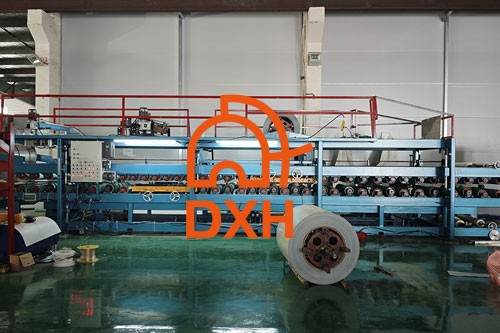
Prefabricated buildings can shorten project schedules, often by as much as 50%. All components of these structures are built in a factory, allowing the foundation work to commence simultaneously on-site. This parallel approach helps avoid common delays, such as those caused by bad weather or material shortages. As a result, you don’t have to worry about weather-related setbacks, enabling your business to open sooner and begin making a profit more quickly.
In the later stages, the installers need very little equipment to complete the assembly quickly. Companies minimize downtime during the installation process. Startups have immediate access to growth space. Resumption of operations is faster compared to conventional buildings.
A manageable budget is a major advantage of prefabricated structural buildings. Modular buildings are typically 20-40% less expensive to build than traditional buildings, while the controlled factory environment minimizes material waste. Bulk purchasing of materials reduces expenses. Besides, the lower long-term maintenance costs of a steel design also help companies avoid the high maintenance costs associated with traditional buildings.
Traditional commercial buildings take 12-18 months to complete, while the prefab buildings are usually completed in 3-6 months and have lower labor costs. Fewer delays and a predictable schedule mean your project is more likely to stay on budget. This kind of financial predictability is critical to any business plan.
A controlled factory environment enables strict quality assurance and precise manufacturing, resulting in more reliable and consistent final products. Prefab modular building components undergo rigorous inspection procedures before being shipped from the factory. These structures are strong, durable, and fully compliant with building codes, ensuring they are built to last.
Compared to on-site construction, this approach eliminates human error and prevents material damage caused by sudden weather changes. Quality control measures provide a reliable foundation for the sustainable use of the company's investment for decades to come.
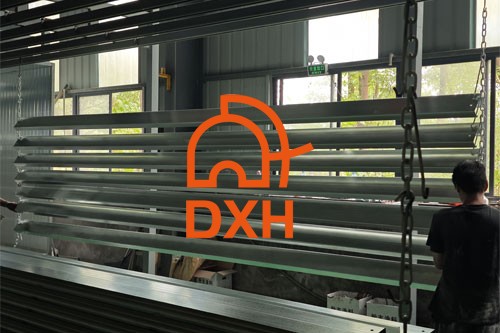
These modular prefab structures reduce environmental impact, while sustainable business practices influence construction decisions. Factory-produced buildings generate 50-90% less construction waste than traditional methods through precise manufacturing. Factory production enables accurate material calculations and efficient use of waste materials.
A controlled production environment enables optimal site layout and high-quality installation. Many prefabricated buildings are easier to obtain LEED certification than traditional buildings. A smaller carbon footprint benefits both the Earth's environment and your brand image.
Modern prefabricated buildings provide a variety of customization options. They can be designed as contemporary offices, dormitories, or industrial warehouses. Companies have the flexibility to choose layouts that align with their brand identity. Additionally, the interior layouts and materials—such as insulation, windows, and finishes—can be tailored to fit specific business requirements and workflow needs.
Modular structures are simple to expand and move. Growing businesses can add functional parts without causing significant disruption to existing operations. Movable modular buildings offer flexibility for companies with evolving location requirements.
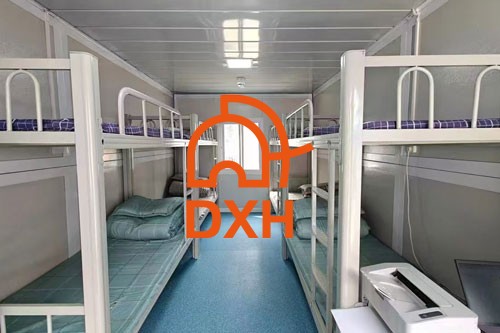
Integrating smart building technology into factory production processes is becoming increasingly straightforward. Enhanced electrical systems, HVAC controls, and data infrastructure lead to more accurate installations. The use of pre-wiring and pre-piping streamlines the setup and reduces the likelihood of mistakes. Therefore, features for monitoring and controlling energy usage can reduce operating expenses. Modular designs also facilitate easier upgrades to technology down the line.
Factories in the manufacturing industry benefit from the rapid construction and cost-effectiveness of prefab construction buildings. For example, warehouses and distribution centers can easily adopt modular designs, while retail stores can use modular buildings to expand their market presence quickly.
The healthcare industry can ensure access to medical facilities for remote populations through rapid construction. Educational institutions can build affordable educational facilities or expand resources in underdeveloped areas. The livestock or agricultural sectors can utilize prefab modular structures for equipment storage and processing facilities.
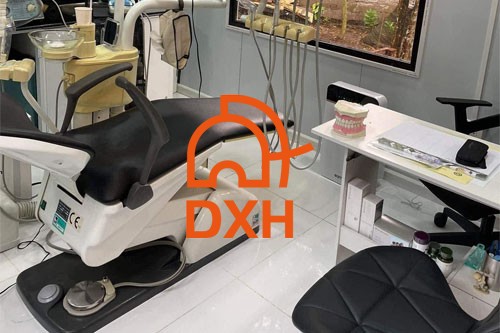
Modular buildings often have better construction quality control, which can lead to lower insurance premiums. Additionally, they might receive a more favorable evaluation for property tax purposes. When it comes to resale value, modular buildings remain competitive with traditional commercial properties.
Scalable designs can help businesses grow without needing major renovations. Modular construction add-ons can effortlessly blend with current prefabricated structures. The technical infrastructure is flexible enough to adjust to evolving business requirements. Rapid construction not only enables companies to quickly adapt to market changes but also allows companies to expand into new markets more quickly through prefab designs. Additionally, seasonal operations can benefit from moveable building solutions.
Budget planning should include site preparation, utilities, and permit fees. While other factors must be considered, the total project cost remains lower than traditional construction. In most commercial applications, return on investment (ROI) calculations favor prefabricated buildings.
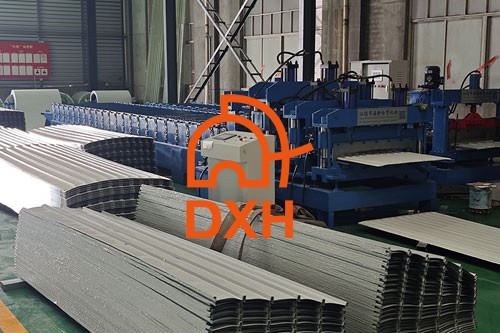
Prefabricated buildings provide an effective solution for modern business construction needs. They offer cost savings, improved quality, and environmental benefits, making them an appealing alternative to traditional building methods. Forward-thinking businesses are taking advantage of these benefits by incorporating prefab structures into their development strategies.
Our hours
Monday to Sunday: 9 AM - 6 PM
(all hours are Eastern Time)